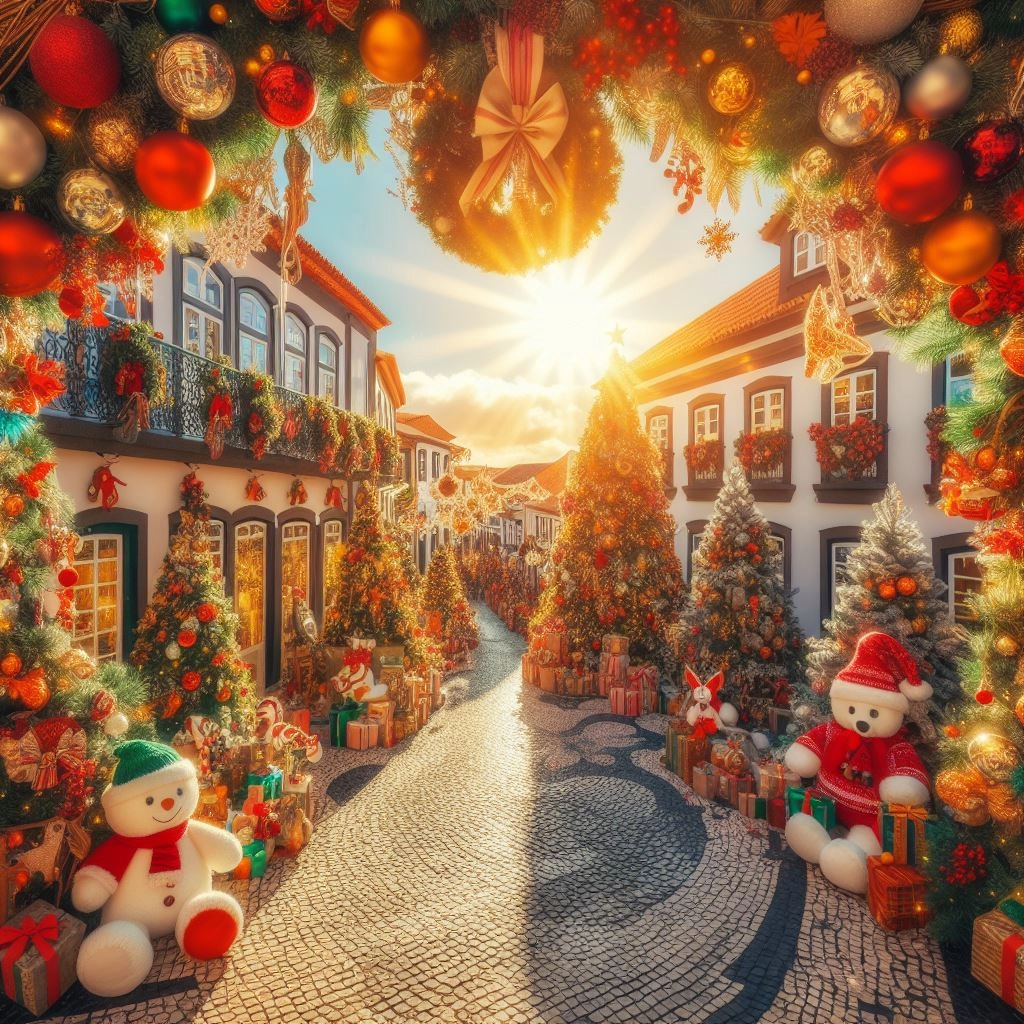Weather Forecast for Madeira on Christmas
The Portuguese Institute of the Sea and Atmosphere (IPMA) predicts the weather for Madeira on Christmas. Expect weather conditions to be influenced by an anticyclone to the north and a high-altitude depression to the south/southeast.
However, weather forecasts do not draw a bleak picture of the whole situation. If you’re living in the southwest of the island, chances of rain are very low.
Maximum temperatures on Christmas
Maximum temperatures in Madeira on Christmas will be between 16°C and 22°C, with cooler temperatures ranging from 10°C-12°C in higher areas. Minimum temperatures will range from 12°C - 18°C. In Funchal, daytime temperatures are expected to be around 20°C.
Is it going to Rain on Christmas?
There's a chance, but it's not likely to be a rainy day for most regions. Making a definite statement about the entire Madeira region is challenging, so let's delve into the likely conditions in various areas. Here's the latest update on the weather forecast for Sunday, December 24th.
Funchal
Chances of Rain: 25%, unlikely
Temperatures: 19°C (day) - 13°C (night)
Mostly Sunny ☀️🌤️
Calheta
Chances of Rain: 56%, shower in the afternoon is likely
Temperatures: 18°C (day) - 13°C (night)
Partly sunny 🌤️🌦️
Ponta Delgada
Chances of Rain: 25%, unlikely
Temperatures: 19°C (day) - 13°C (night)
Mostly sunny ☀️🌤️
Jornal Madeira: Rain on Christmas Eve?
Jornal da Madeira draws a bleak picture that paints the picture of rain and grey sky. On social media, it says that there will be rain on Christmas eve, while the website speaks of weak and infrequent showers that are to be expected.
Do not worry though. If you live in Funchal or the southwest of Madeira, you are likely going to experience a lot of blue sky and up to 9 hours of sunshine on Christmas. That is according to many sources, like BBC Weather or Accuweather.
Read below what an anticyclone is and what implications it has.
What is an Anticyclone?
High-pressure wind systems called anticyclones rotate in a way that might seem opposite to low-pressure cyclones. In the Northern Hemisphere, anticyclones spin clockwise, while in the Southern Hemisphere, they spin counterclockwise. This rotation happens because of the Coriolis effect, which is a result of Earth's rotation.
Anticyclones usually bring good weather. They have sinking air that warms up and clears the sky, reducing rain. In the Northern Hemisphere, their clockwise rotation pushes clouds away from the center, keeping the weather clear. In the Southern Hemisphere, they spin the other way, pushing clouds outward and leading to sunny days.








Comments